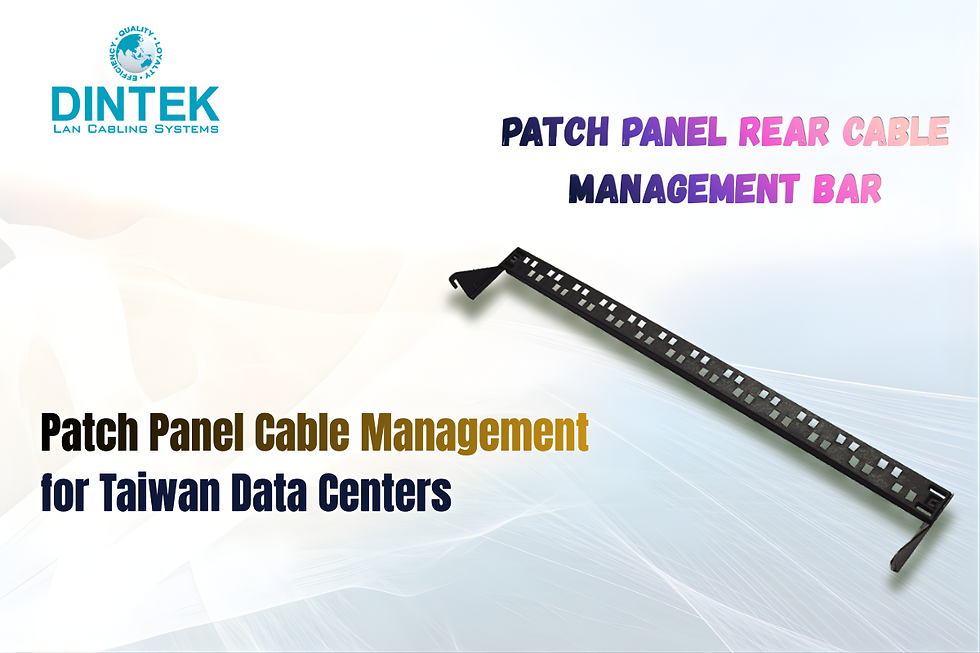How does a fiber optic connector work?
- dinteklancabling
- Jun 6, 2024
- 2 min read
Fiber optic connectors are critical components in the realm of high-speed data transmission, enabling the efficient transfer of light signals across fiber optic cables. Understanding how these connectors work is essential for anyone involved in setting up or maintaining fiber optic networks. DINTEK, a leader in connectivity solutions, provides reliable and efficient fiber optic connectors designed to meet modern networking demands.

Structure and Components
A fiber optic connector is designed to align and join the ends of two optical fibers so that light can pass from one to the other with minimal loss. The core components of a typical fiber optic connector include:
Ferrule: This is a thin cylinder that holds the fiber in place. Usually made of ceramic, metal, or high-quality plastic, the ferrule ensures precise alignment of the fiber.
Connector Body: Also known as the housing, this component holds the ferrule and attaches to the cable. It provides mechanical protection and ensures the connector can be securely mated with another connector or device.
Coupling Mechanism: This mechanism, often in the form of a latch or bayonet, secures the connector in place when mated with a counterpart.
Working Principle
The primary function of a fiber optic connector is to ensure that light signals can travel seamlessly from one fiber to another or from a fiber to a device.
Preparation: The ends of the optical fibers are carefully stripped of their outer protective layers, cleaned, and precisely cut to ensure a smooth end face.
Insertion into Ferrule: The prepared fiber is inserted into the ferrule. The ferrule's role is to hold the fiber in place and ensure it remains aligned.
Polishing: The end face of the fiber, protruding slightly from the ferrule, is polished to eliminate any imperfections that could cause signal loss or reflection.
Mating: The polished fiber end, now enclosed within the ferrule, is inserted into the connector body. When the connector is mated with another connector or a device, the ferrules from each connector come into close contact, aligning the fibers perfectly.
Transmission: Once connected, light signals can pass from one fiber to the other with minimal loss, thanks to the precise alignment ensured by the ferrules.
Types of Fiber Optic Connectors
There are various types of fiber optic connectors, each designed for specific applications and performance requirements. Common types include:
SC (Subscriber Connector): Known for its snap-in mechanism, widely used in data communication.
LC (Lucent Connector): Smaller size, suitable for high-density connections.
ST (Straight Tip): Uses a bayonet-style coupling, commonly used in network environments.
Conclusion
DINTEK fiber optic connectors are designed to meet the stringent requirements of modern networking environments. By ensuring precise alignment and secure connections, these connectors enable efficient data transmission and maintain the integrity of your network. Whether for home or professional use, DINTEK solutions offer reliability and performance, keeping your network running smoothly and efficiently.



Comments